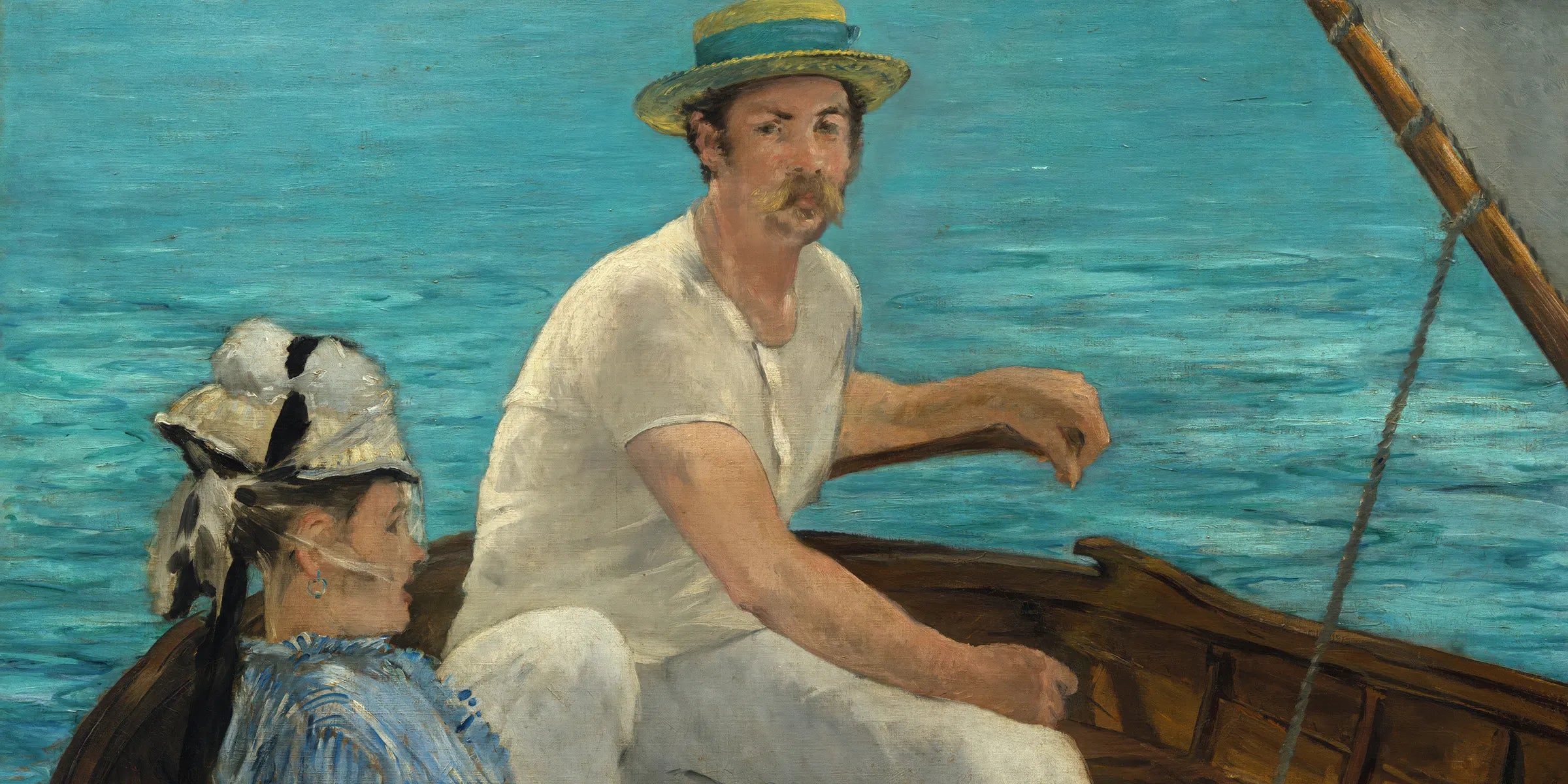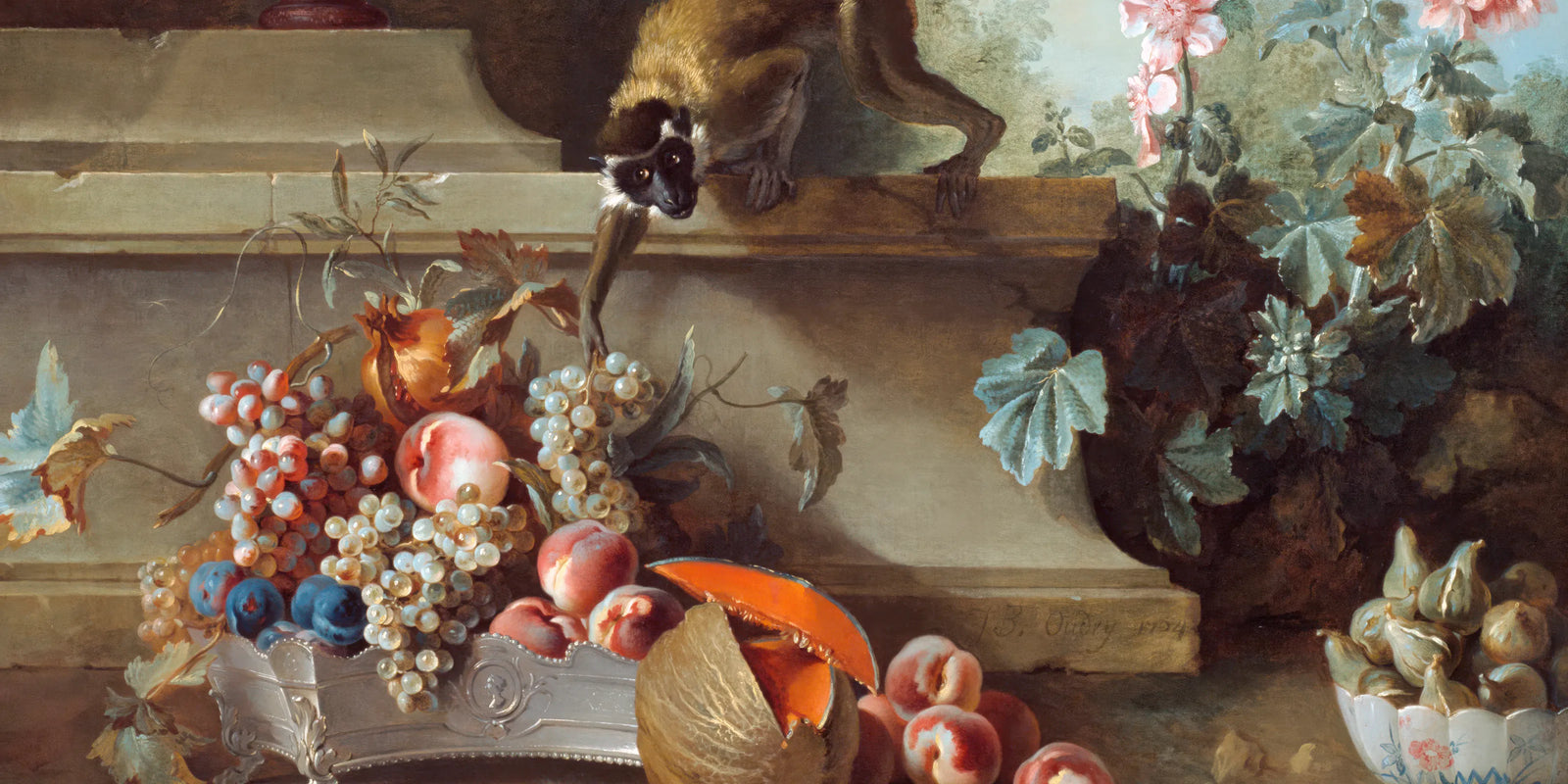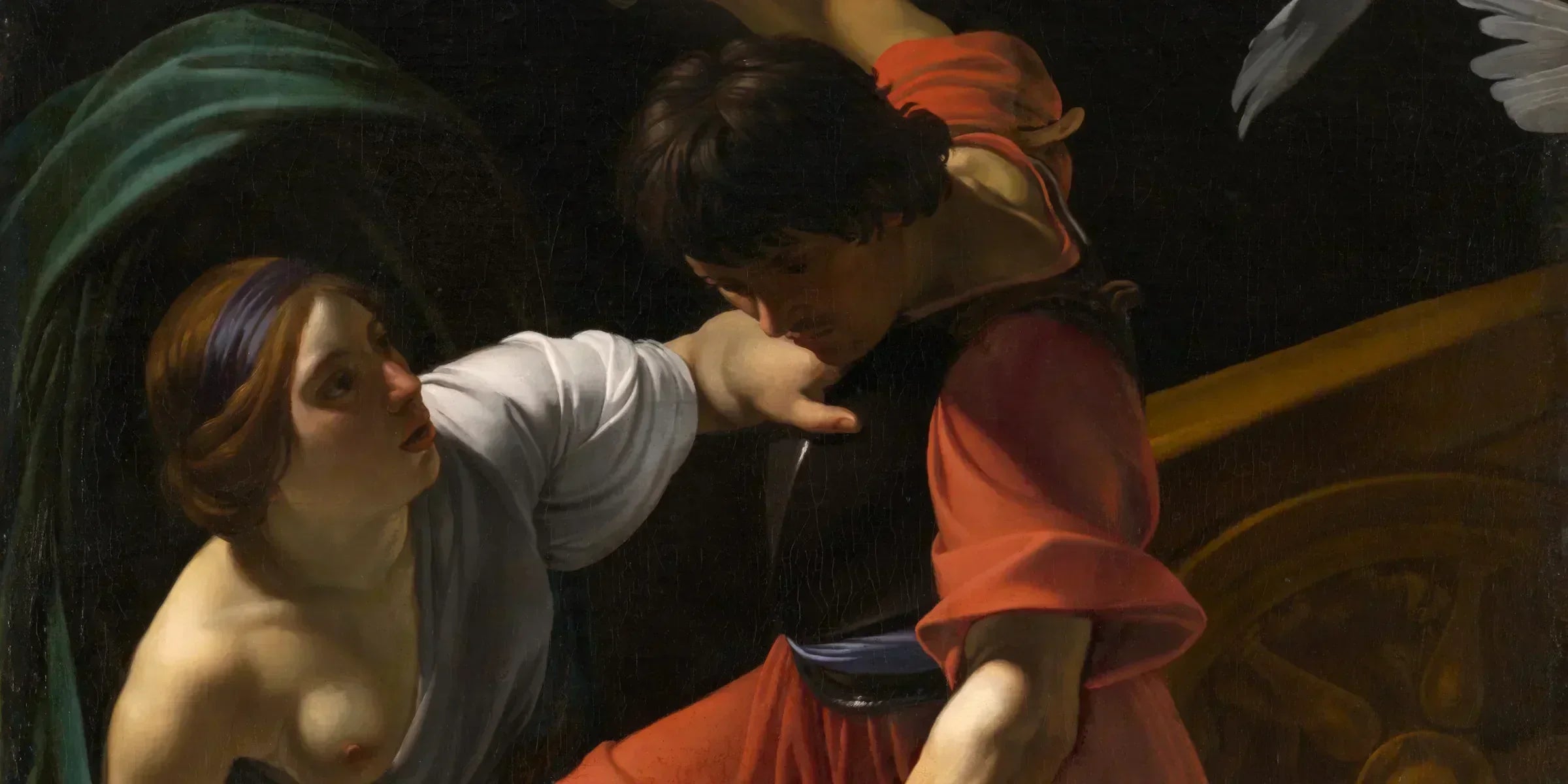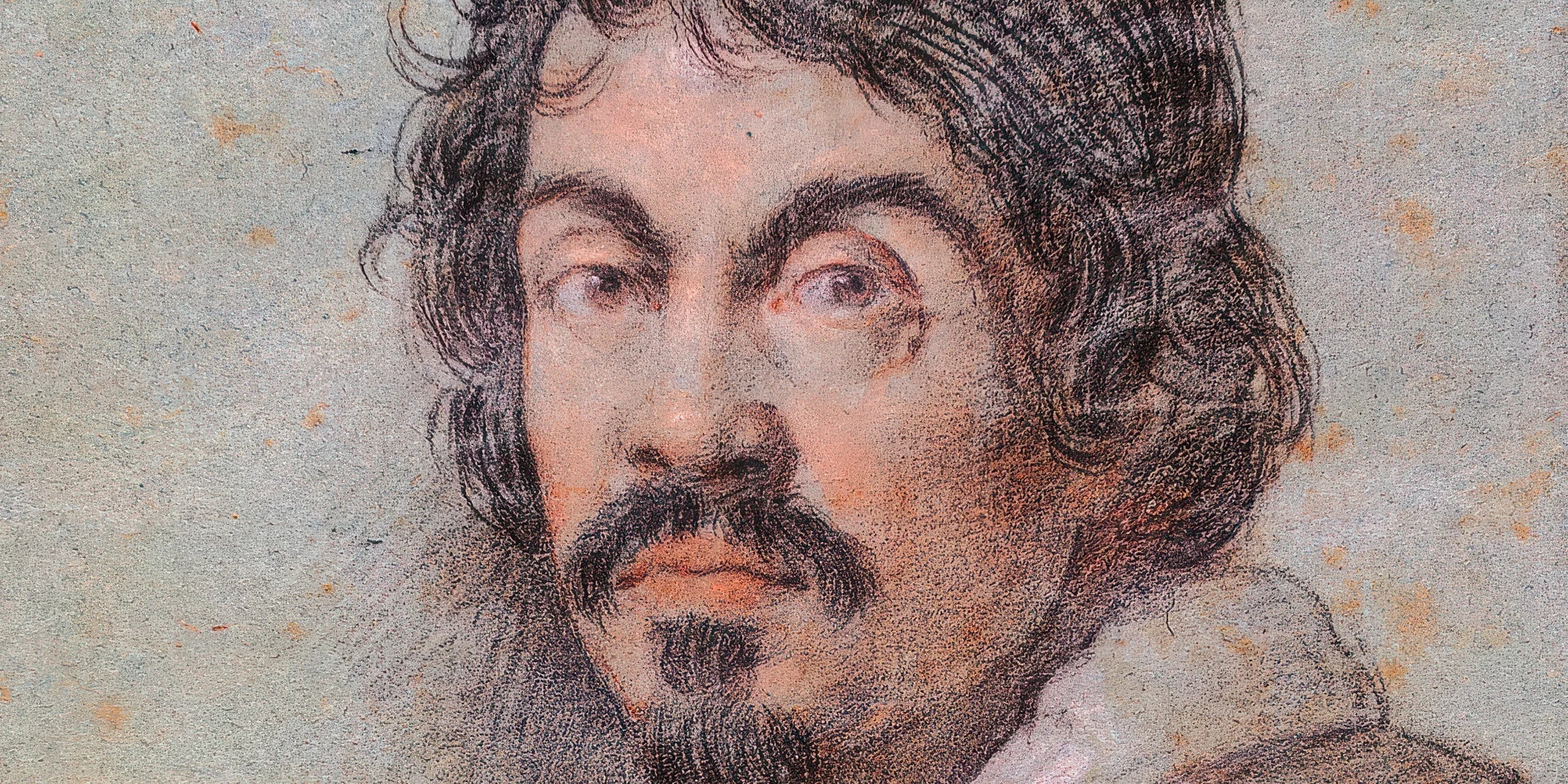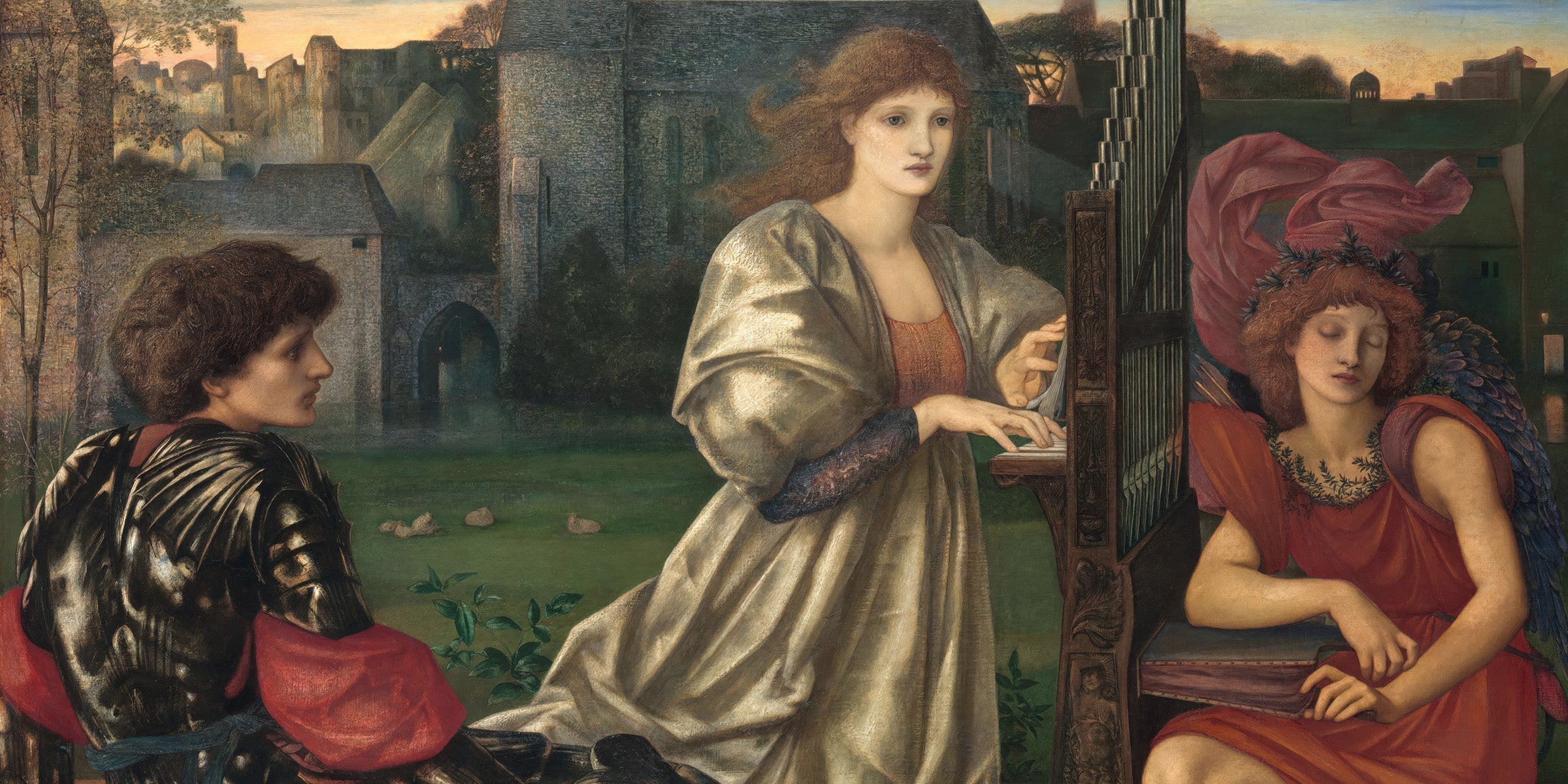The Naïve Genius of Art
Henri Rousseau (1844–1910) was a self-taught artist whose dreamlike jungle scenes and fantastical compositions captured the imagination of the art world. Often dismissed by critics during his lifetime, Rousseau’s work later became celebrated for its bold colors, imaginative settings, and childlike sincerity. His paintings, particularly The Sleeping Gypsy(1897) and The Dream (1910), are now considered masterpieces of naïve art—a style characterized by a lack of formal training but rich in expression and creativity.
A Self-Taught Visionary
Born in Laval, France, Rousseau had no formal artistic education. He worked as a customs officer in Paris, which earned him the nickname Le Douanier (The Customs Officer). It was only in his forties that he devoted himself fully to painting. Despite lacking traditional training, he was deeply inspired by nature, exotic plants, and animals—though he never left France. Instead, he found his jungle inspiration in botanical gardens, the zoo, and illustrated books.
His paintings, often seen as childlike or simplistic by critics, were actually the product of meticulous observation and imaginative interpretation. His ability to depict dreamlike scenes with striking clarity eventually gained him recognition, especially among avant-garde artists like Picasso and the Surrealists.
Technique and Style
Rousseau’s art is characterized by a unique mix of realism and fantasy. His painting style is often described as naïve or primitive—terms that reflect both his lack of academic training and the genuine, unfiltered quality of his work.
Key features of Rousseau’s technique include:
- Flat, vivid colors with little shading or perspective

- Detailed, layered foliage, often creating dense jungle scenes
- Fantastical compositions, blending reality and imagination
- Dreamlike atmosphere, evoking a sense of wonder and mystery
His approach to perspective was unconventional—sometimes objects in the foreground appeared to float, and his figures often had a stiff, frozen quality. Yet, this contributed to the unique charm of his work.
Fascinating Facts about Rousseau
- He never saw a real jungle. Rousseau’s lush tropical landscapes were inspired by Paris’s botanical gardens, not actual travels. His jungle creatures were often based on taxidermy animals from museums.
- He was mocked by critics. In his early years, Rousseau was ridiculed for his lack of technique. However, artists like Pablo Picasso and André Breton later praised his originality and sincerity.
- He was a favorite of the Surrealists. His dreamlike scenes, full of mystery and odd juxtapositions, made him a key inspiration for Surrealist painters like Salvador Dalí.
- He claimed to have invented a new artistic genre. Rousseau referred to his work as “modern primitivism” and believed he was pioneering a bold new style.
Legacy and Influence
Despite a lifetime of financial struggles and rejection by traditional art critics, Rousseau’s work is now recognized as groundbreaking. His paintings exude a sense of wonder, transporting viewers to magical worlds filled with wild beasts and moonlit dreams. Today, his art is housed in major museums, and his influence is seen in everything from modern illustration to contemporary surrealist works.
If you’re enchanted by Rousseau’s dreamlike jungles, explore our collection of art prints, featuring his iconic works!






